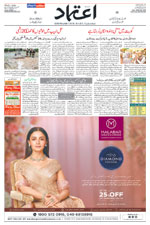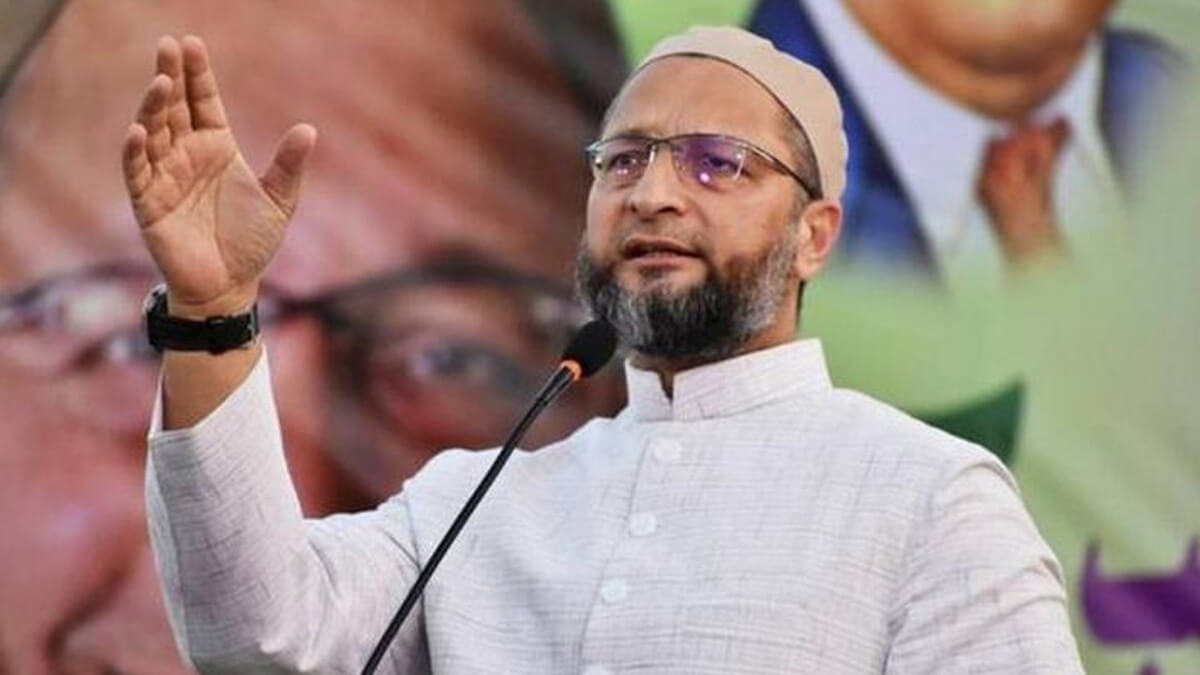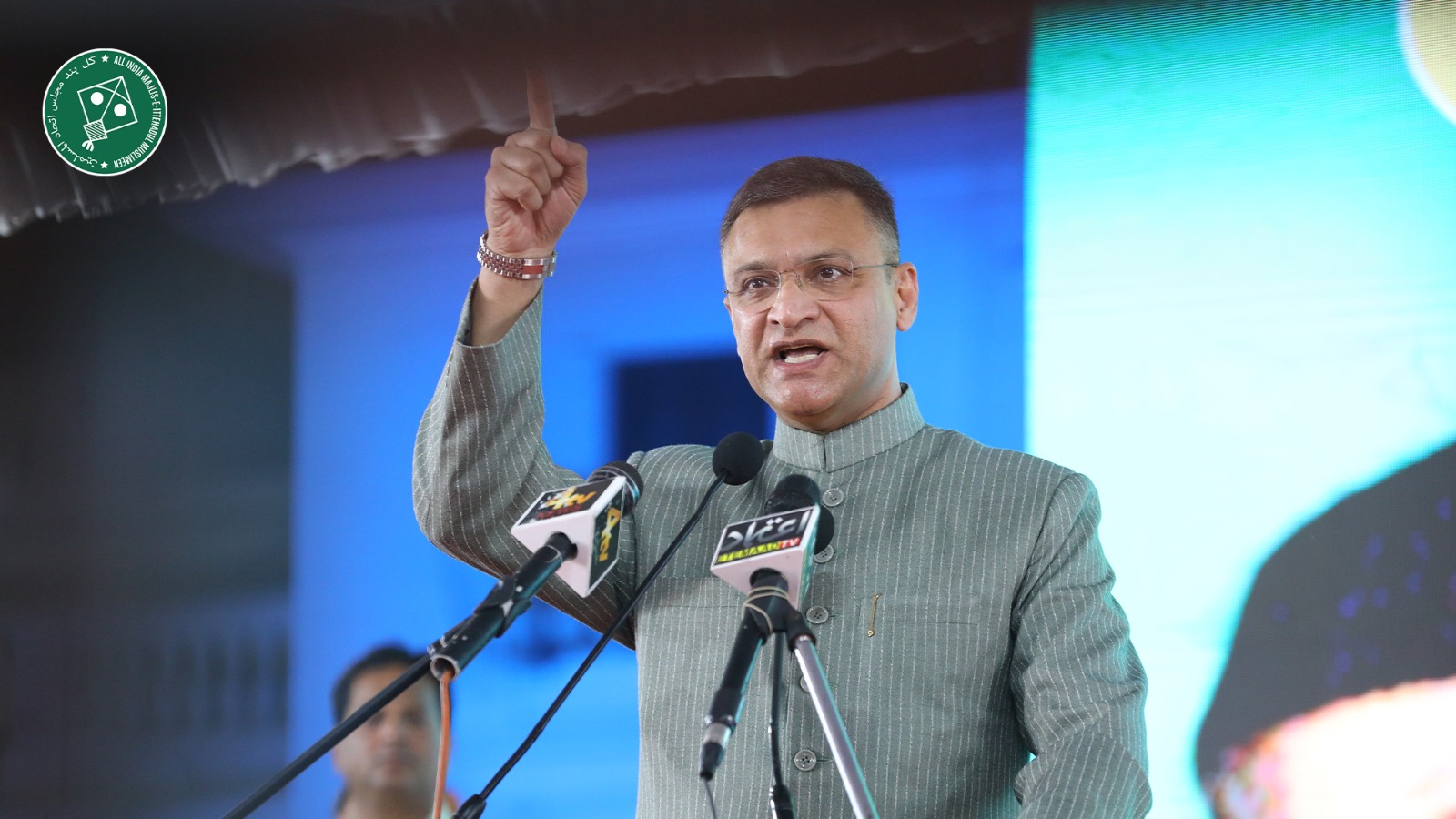Heavy rain continues to lash Mumbai; expect downpour today too, says IMD
Sun 08 Sep 2019, 11:25:14
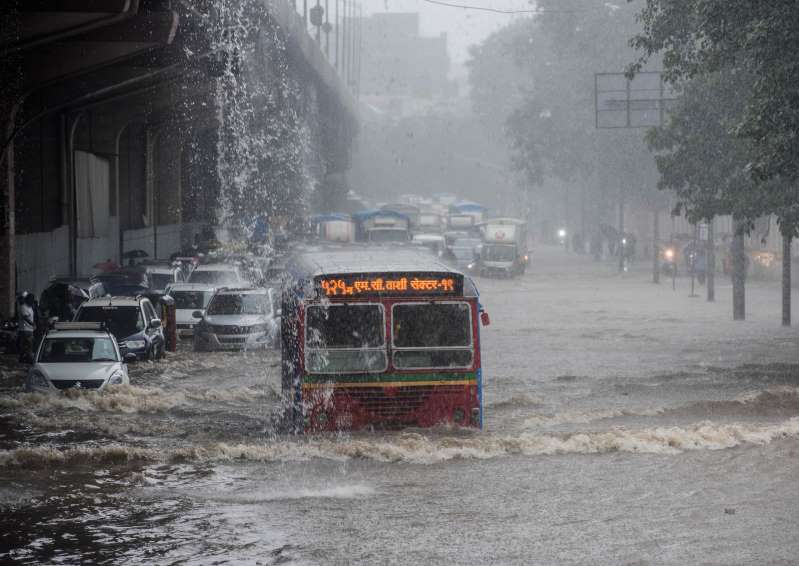
The city witnessed widespread heavy showers on Saturday, even as the weather bureau's Doppler weather radar remained dysfunctional for the third consecutive day.
After moderate rainfall over the last 24 hours, the weather bureau's forecast of heavy intermittent showers for Saturday came true, with most locations in the northern suburbs recording close to 100mm rain between 8.30am and 8.30pm. Overall, the suburbs recorded 59.2mm rain during the 12-hour period while south Mumbai recorded 53.2mm of rainfall, even as continuous moderate to heavy showers were witnessed in certain parts.
The weather bureau said heavy to very heavy rain spells across isolated areas is expected on Sunday, while on Monday, the city is likely to witness moderate rainfall.
"The presence of an offshore trough along the west coast from Gujarat to Kerala, and a low-pressure weather system over Odisha with an associated upper air cyclonic circulation strengthened monsoon conditions over west coast on Saturday," said KS Hosalikar, deputy director general, western region, India Meteorological Department (IMD).
Few stations in the suburbs as well as parts of Navi Mumbai recorded heavy rain between 11am and 5pm on Saturday, said Hosalikar.
Meanwhile, Mumbai's only Doppler weather radar was "under maintenance" throughout Saturday, making it the third successive day without the weather product. This is the second time this season that the radar is not working after a similar incident on July 10. "The technical issue with the radar persists and
our technicians are working on it. We cannot say how long it will take for it to be functional again," said Sunil Kamble, scientist, IMD Mumbai.
The radar, located at Colaba, can carry out weather surveillance at a distance of 300km-radius, from its location, and provides long-range weather surveillance, detection, and forecast for rainfall, cloud formation, thunderstorms and other weather conditions such as tropical storms.
On Saturday, Hosalikar issued a clarification about the use of the radar. "Radars are not used for making 24 or 48-hour forecasts or even operational forecasts issued for five days. The radar is meant for issuing advisories about the weather for the next two to four hours, known as Nowcasting. There are satellites and online data that help forecasters to understand the weather pattern," he said.
"Current forecasts and severe weather warning are generated based on surface and upper-air observations plotted on weather charts, weather model guidance systems, satellite data, and ocean observations etc."
Independent weather experts had a contrary view. "In Mumbai, Nowcasting during monsoon is as important as forecasting, as most of the rainfall activity occurs in bursts (such as that on Saturday) which can't be properly detected in weather models and satellite images. Thus, nothing can replace Doppler radars. City forecasters often become clueless about weather developments when the radar stops working," said Akshay Deoras, independent meteorologist and PhD researcher, University of Reading, UK.
After moderate rainfall over the last 24 hours, the weather bureau's forecast of heavy intermittent showers for Saturday came true, with most locations in the northern suburbs recording close to 100mm rain between 8.30am and 8.30pm. Overall, the suburbs recorded 59.2mm rain during the 12-hour period while south Mumbai recorded 53.2mm of rainfall, even as continuous moderate to heavy showers were witnessed in certain parts.
The weather bureau said heavy to very heavy rain spells across isolated areas is expected on Sunday, while on Monday, the city is likely to witness moderate rainfall.
"The presence of an offshore trough along the west coast from Gujarat to Kerala, and a low-pressure weather system over Odisha with an associated upper air cyclonic circulation strengthened monsoon conditions over west coast on Saturday," said KS Hosalikar, deputy director general, western region, India Meteorological Department (IMD).
Few stations in the suburbs as well as parts of Navi Mumbai recorded heavy rain between 11am and 5pm on Saturday, said Hosalikar.
Meanwhile, Mumbai's only Doppler weather radar was "under maintenance" throughout Saturday, making it the third successive day without the weather product. This is the second time this season that the radar is not working after a similar incident on July 10. "The technical issue with the radar persists and
our technicians are working on it. We cannot say how long it will take for it to be functional again," said Sunil Kamble, scientist, IMD Mumbai.
The radar, located at Colaba, can carry out weather surveillance at a distance of 300km-radius, from its location, and provides long-range weather surveillance, detection, and forecast for rainfall, cloud formation, thunderstorms and other weather conditions such as tropical storms.
On Saturday, Hosalikar issued a clarification about the use of the radar. "Radars are not used for making 24 or 48-hour forecasts or even operational forecasts issued for five days. The radar is meant for issuing advisories about the weather for the next two to four hours, known as Nowcasting. There are satellites and online data that help forecasters to understand the weather pattern," he said.
"Current forecasts and severe weather warning are generated based on surface and upper-air observations plotted on weather charts, weather model guidance systems, satellite data, and ocean observations etc."
Independent weather experts had a contrary view. "In Mumbai, Nowcasting during monsoon is as important as forecasting, as most of the rainfall activity occurs in bursts (such as that on Saturday) which can't be properly detected in weather models and satellite images. Thus, nothing can replace Doppler radars. City forecasters often become clueless about weather developments when the radar stops working," said Akshay Deoras, independent meteorologist and PhD researcher, University of Reading, UK.
No Comments For This Post, Be first to write a Comment.
Most viewed from National
Most viewed from World
AIMIM News
Owaisi hails SC order on Places of Worship Act
Dec 13, 2024
AAP Corporator Tahir Hussain joins AIMIM party
Dec 11, 2024
BJP-SP two sides of same coin: Asaduddin Owaisi
Nov 19, 2024
Latest Urdu News
Most Viewed
May 26, 2020
Do you think AAP will perform better in Delhi polls without alliance?
Latest Videos View All
Like Us
Home
About Us
Advertise With Us
All Polls
Epaper Archives
Privacy Policy
Contact Us
Download Etemaad App
© 2024 Etemaad Daily News, All Rights Reserved.

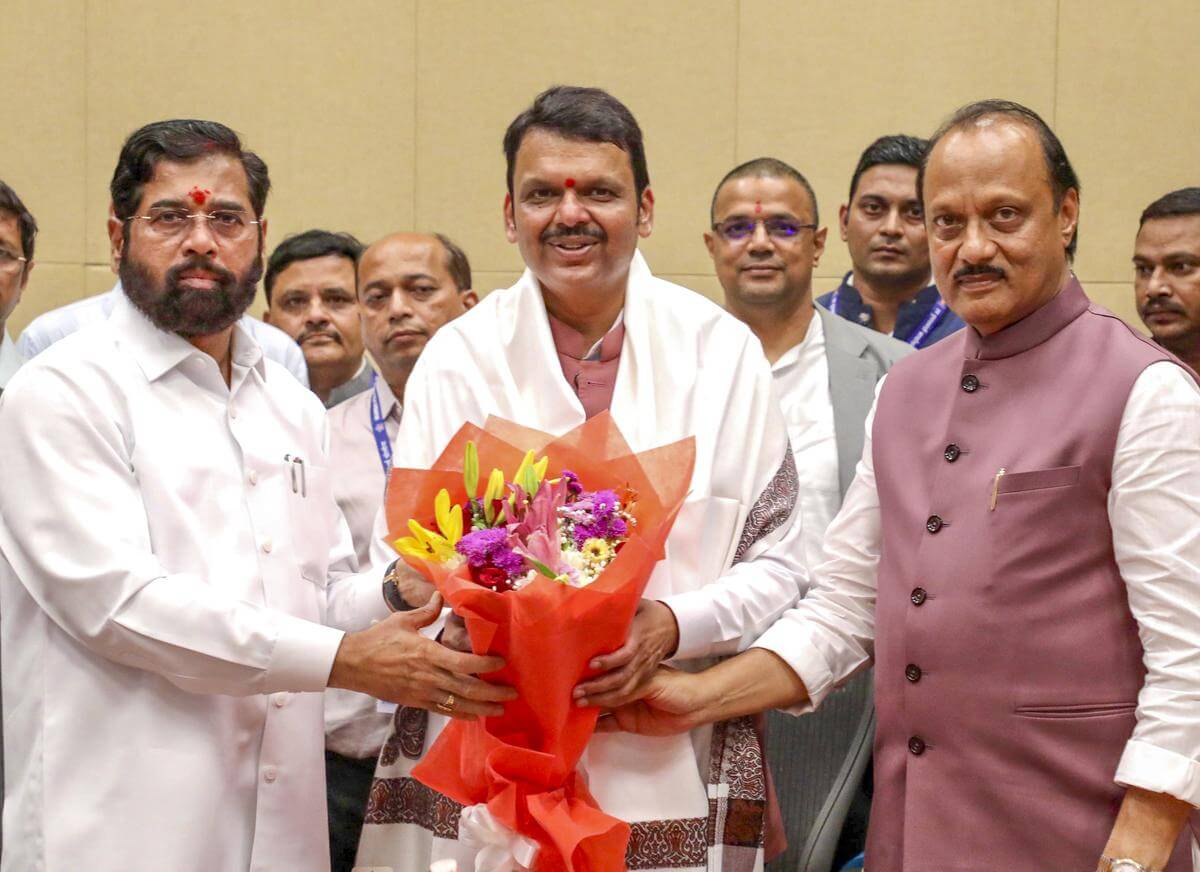
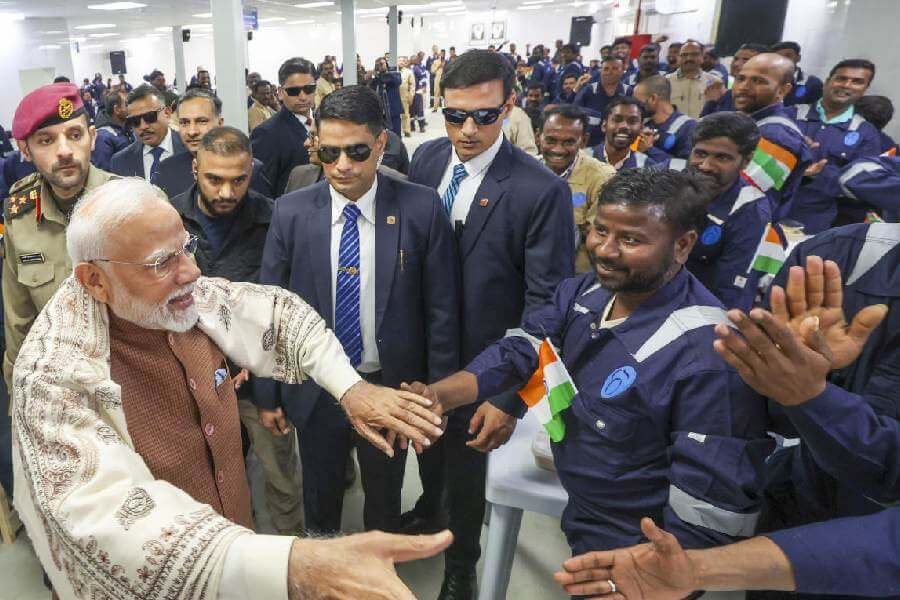
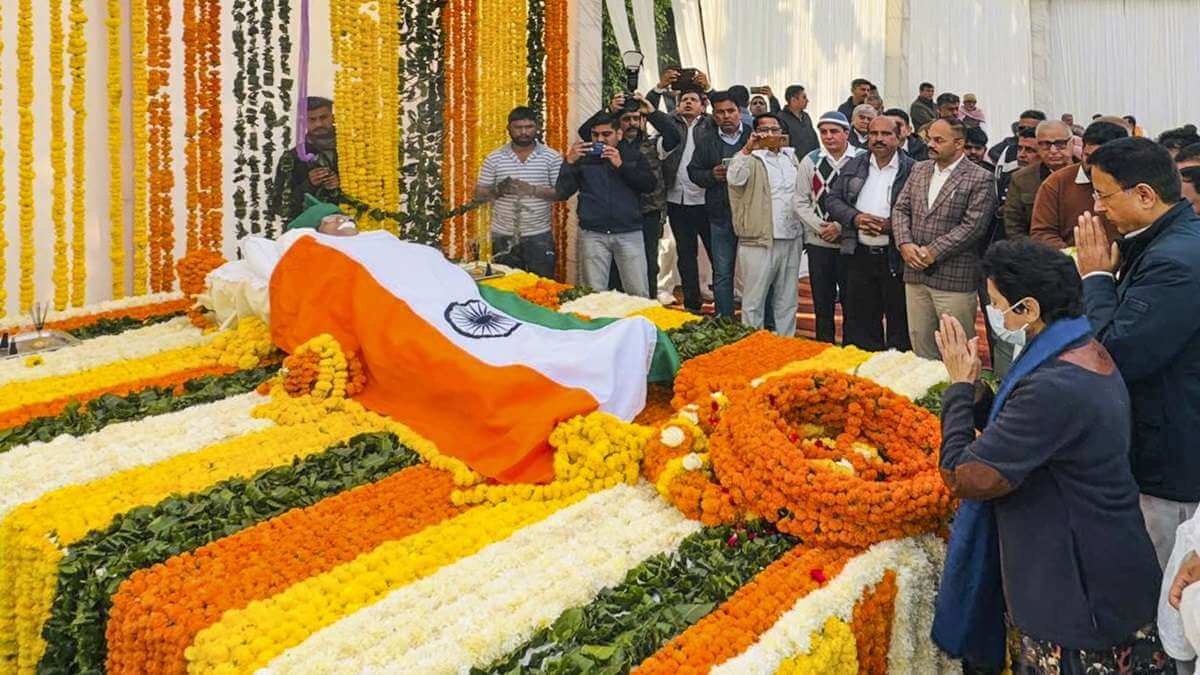
.jpg)
.jpg)
.jpg)
.jpg)
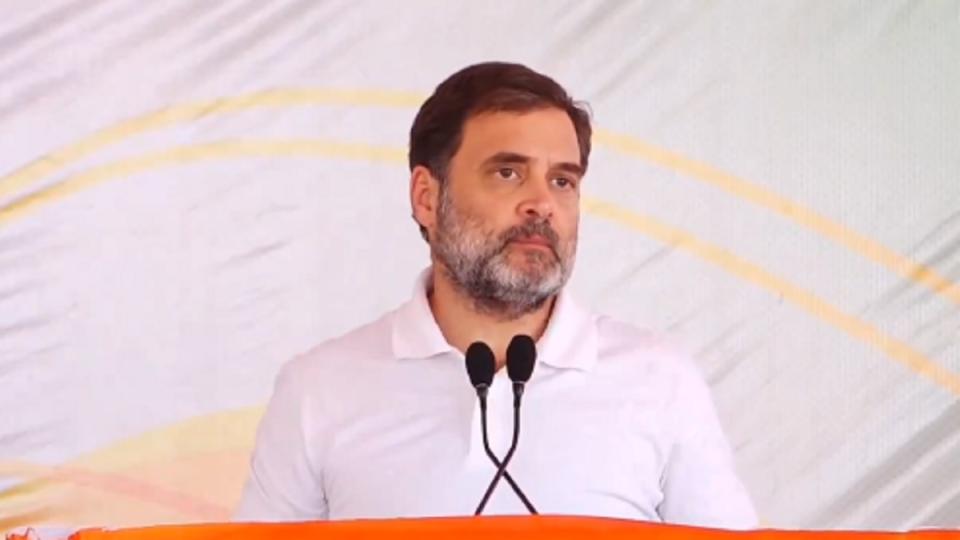
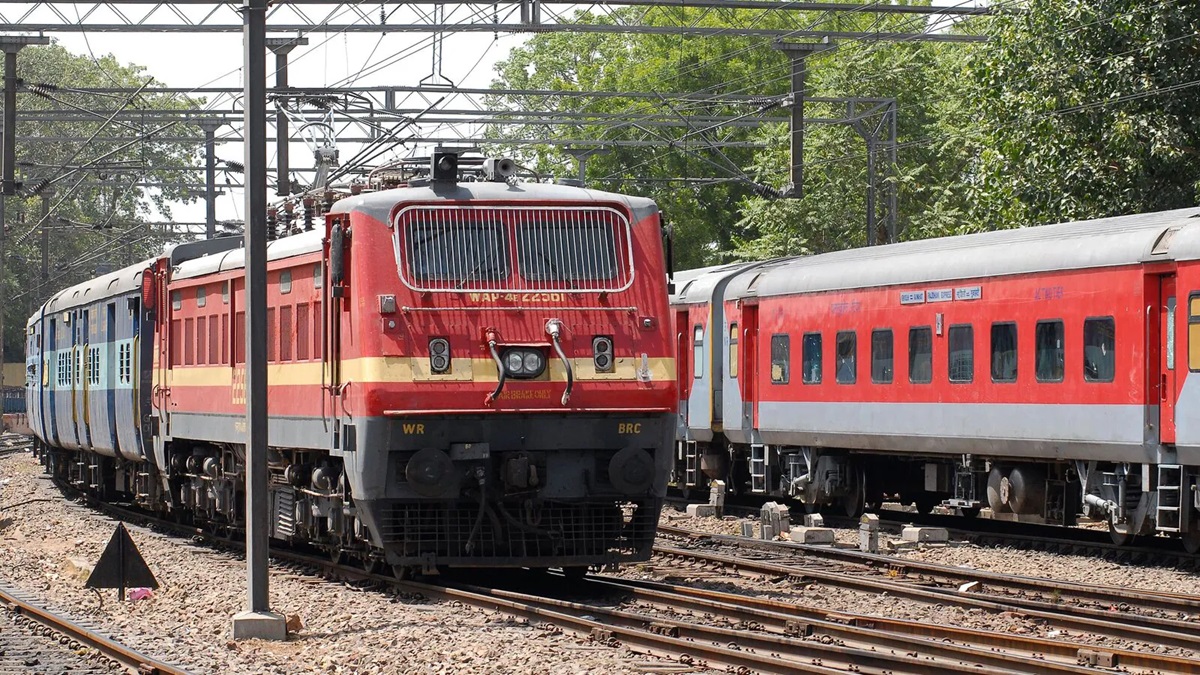
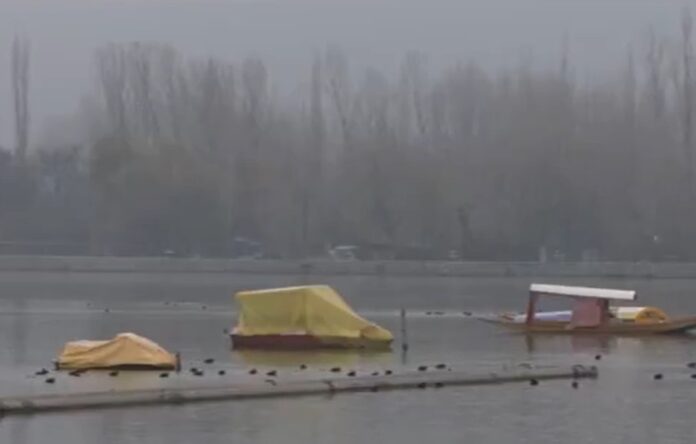
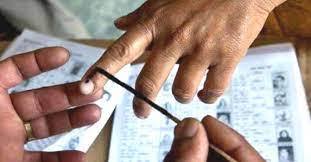
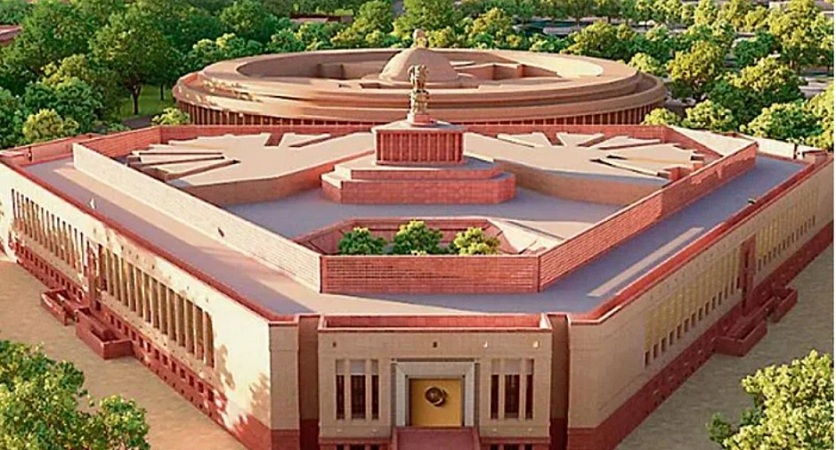


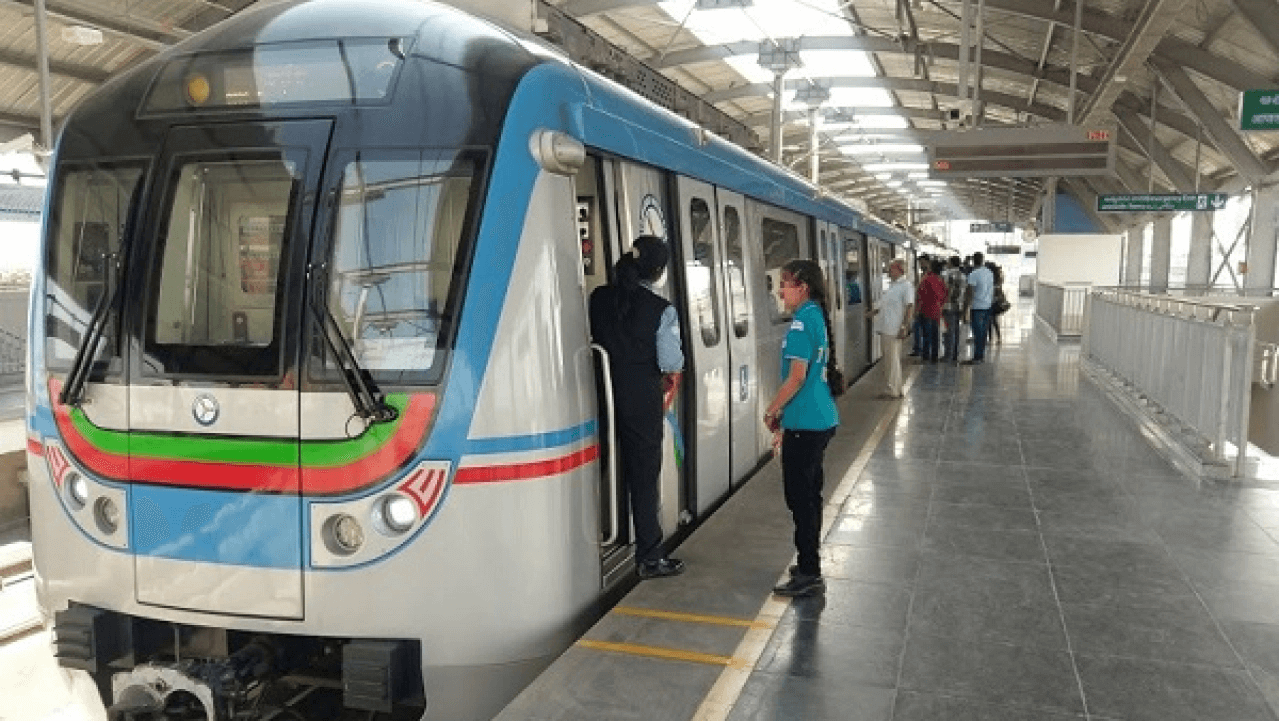
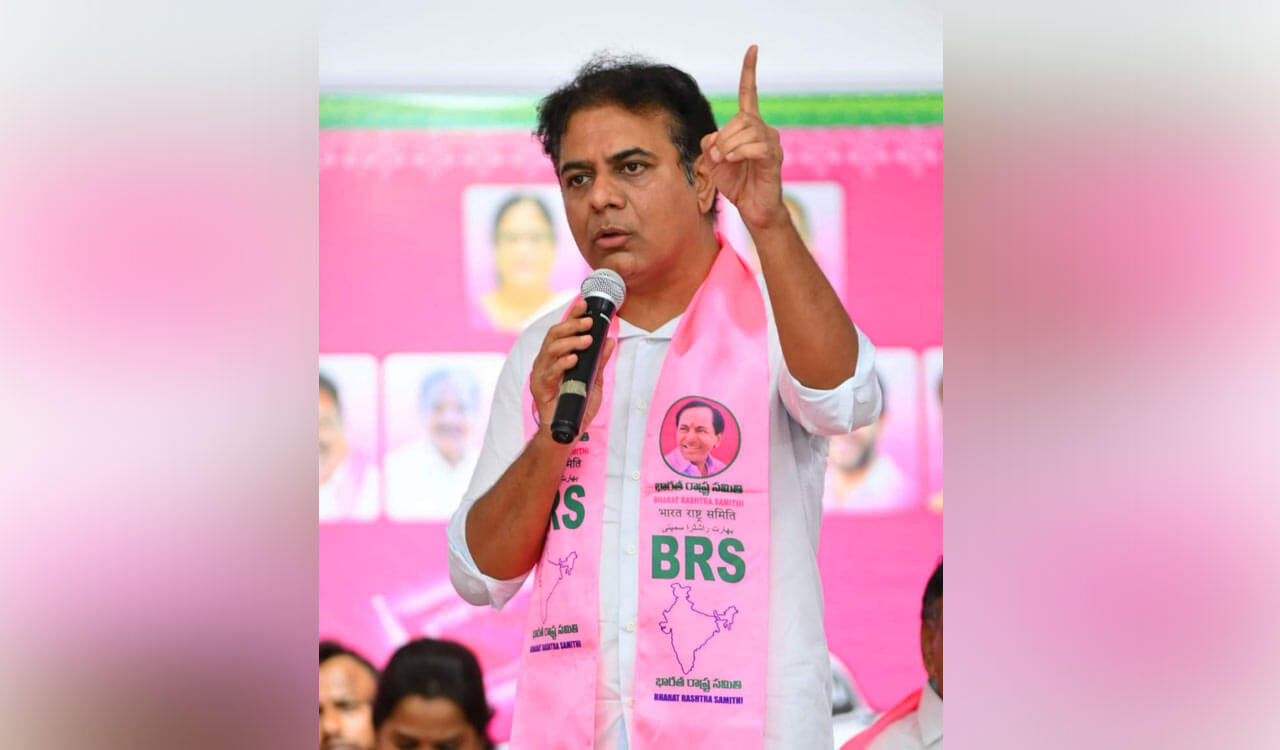
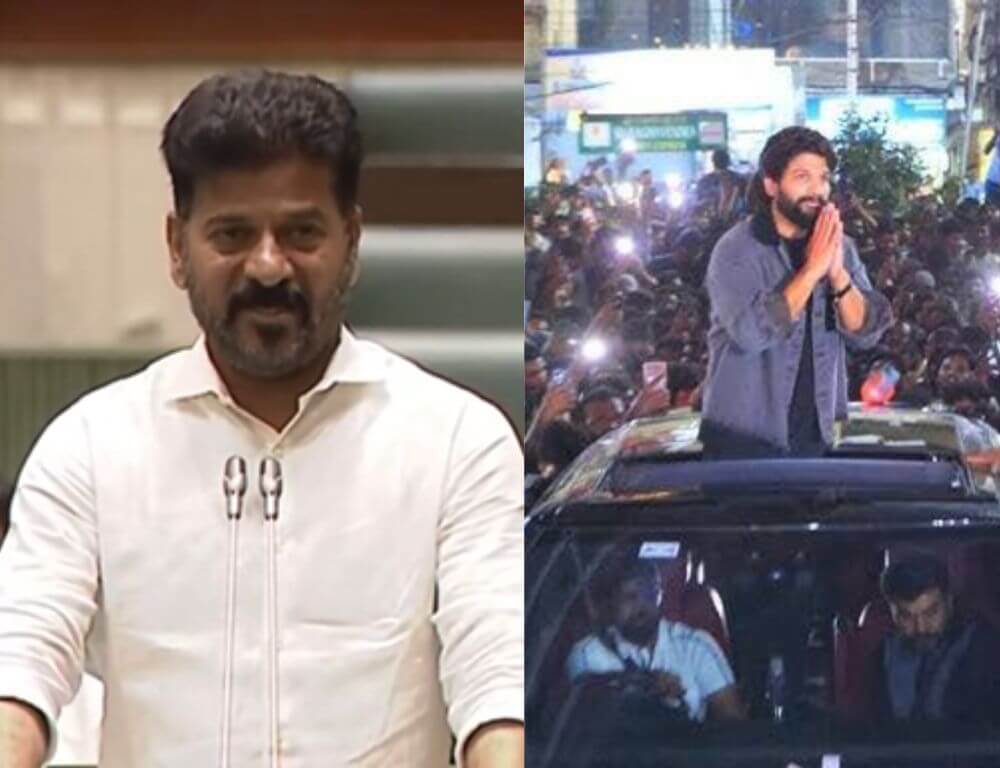
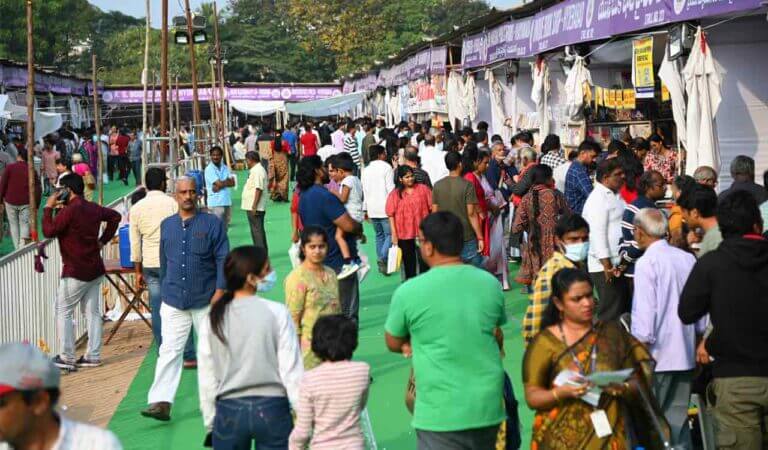

.jpg)
.jpg)
.jpg)
.jpg)
.jpg)

